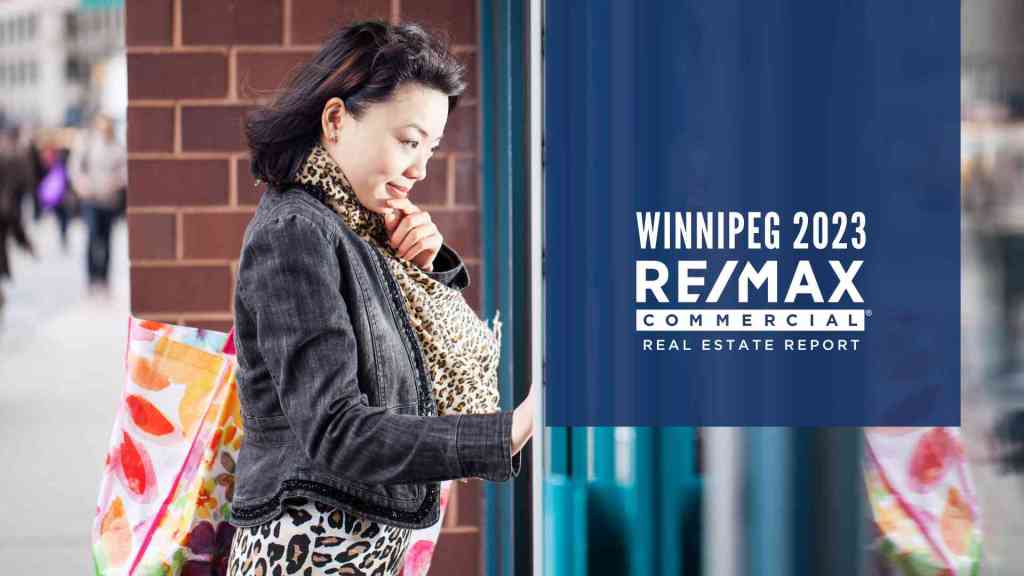
.
Stability and affordability continue to be hallmarks of commercial real estate in Winnipeg, with healthy demand for a variety of asset classes. Industrial remains at the forefront in 2023, leading development citywide, while the multi-family sector has garnered increased attention this year in large part due to attractive CMHC financing.
As the perennial favourite, industrial sales and leasing enjoy strong demand in Winnipeg. Warehousing and distribution facilities are the primary drivers behind the push for industrial, given the city’s geographical location and billing as the country’s national transportation hub. Newer, large scale industrial product is coveted, with rare, well-built, well-priced space generating competitive offering situations. Upward pressure on lease rates for newer product has prompted some industrial tenants to consider older inventory in secondary markets, where some good quality product exists at a lower price point. Most new construction continues to be located in the rural municipalities surrounding Winnipeg, particularly in the R.M. of Rosser, Springfield, and MacDonald.
A lack of supply of serviced land within the city limits has created tighter market conditions for industrial and multi-family. Most new industrial developments currently under construction are fully or partially pre-leased, with just a handful of projects built on speculation. Fewer investors have been active in the industrial market this year, with end users picking up the slack.
Multi-family residential continues to experience solid demand as Winnipeg’s population and rental rates climb. CMHCs Rental Construction Financing Initiatives (RCFI) have proven especially enticing in today’s environment, with favourable financing rates and generous terms including 10-year terms at fixed rates and amortization periods of up to 50 years. Vacancy rates in the city have declined year-over-year and currently sit at 2.7 per cent for purpose-built rentals in Winnipeg and closer to one per cent in sought-after areas such as East Kildonan, Transcona, St. James and Assiniboine Park, according to the CMHC’s 2023 rental market report. Well-executed multi-family rentals are changing the city landscape, creating hip new urban enclaves such as the East Exchange District.
Purpose-built rentals are popping up in locations surrounding concentrated retail nodes, with the latest billion-dollar announcement the proposed Shindico/Cadillac Fairview multi-unit development utilizing vacant land adjoining CF’s Polo Park Mall. The new Refinery District, with just over 100 acres of mixed-use infill development, is currently underway in South Winnipeg and is expected to eventually house almost 48,000 people in a three-kilometre radius when completed. Twenty-three acres have been designated retail, which should add to the city’s retail presence. Artis’ REITs 300 Main St., a 42-storey luxury apartment complex in the core, is banking on young professionals buying into live-work-shop phenomenon to help breathe new life into the downtown district.
Downtown office space has struggled in the aftermath of the pandemic. While landlords in these properties are offering attractive incentives to potential tenants, it will likely take eight to ten years to absorb all the excess office space in the core. The Wawanesa Insurance tower, part of the True North Square development, is scheduled for completion in fall of this year. While landlord’s have been anticipating this vacancy for some time, it will exacerbate rising vacancy rates as more than 1,000 employees move into the new space. An oversupply of dated office buildings will inspire developers to embark on conversion properties at the right price. To date, several have undergone or are undergoing some level of conversion, including 433 Main St. 175-185 Carlton St., and 315 Bannatyne. Unfortunately, most buildings do not lend themselves well to a conversion.
The crux of the retail shopping experience in Winnipeg remains the shopping malls, where vacancy rates in areas outside the downtown core remain relatively tight. Investor interest peaked last year for strip malls and shopping plaza, and the value-add of land. As such, this remains a coveted asset class that is highly desired but difficult to realize in Winnipeg.
Given solid economic fundamentals, the stage is set for a continuation of healthy commercial activity in 2023. GDP growth in the province is forecast to climb just under one per cent in the year ahead, with new trade agreements and higher commodity prices for wheat and canola contributing to the provinces’ prosperity. Immigration continues to bolster population growth with an estimated 1.5-per-cent increase in the number of residents recorded between 2021 and 2022 to reach close to 872,000, according to Statistics Canada. Affordability will continue to be a major factor in the city’s expansion, as the low cost of living and doing business in the centre attracts both newcomers and business to the Winnipeg market.




